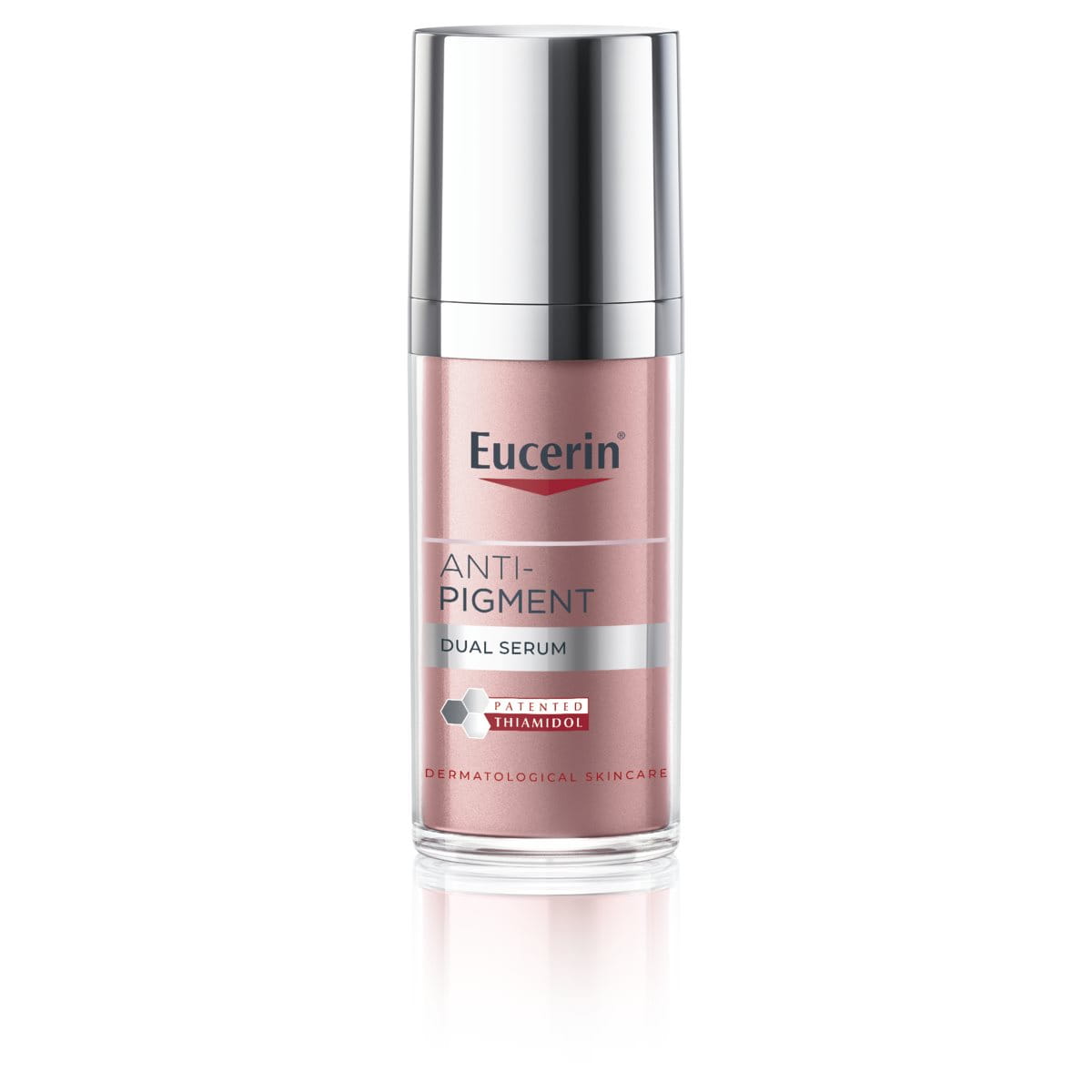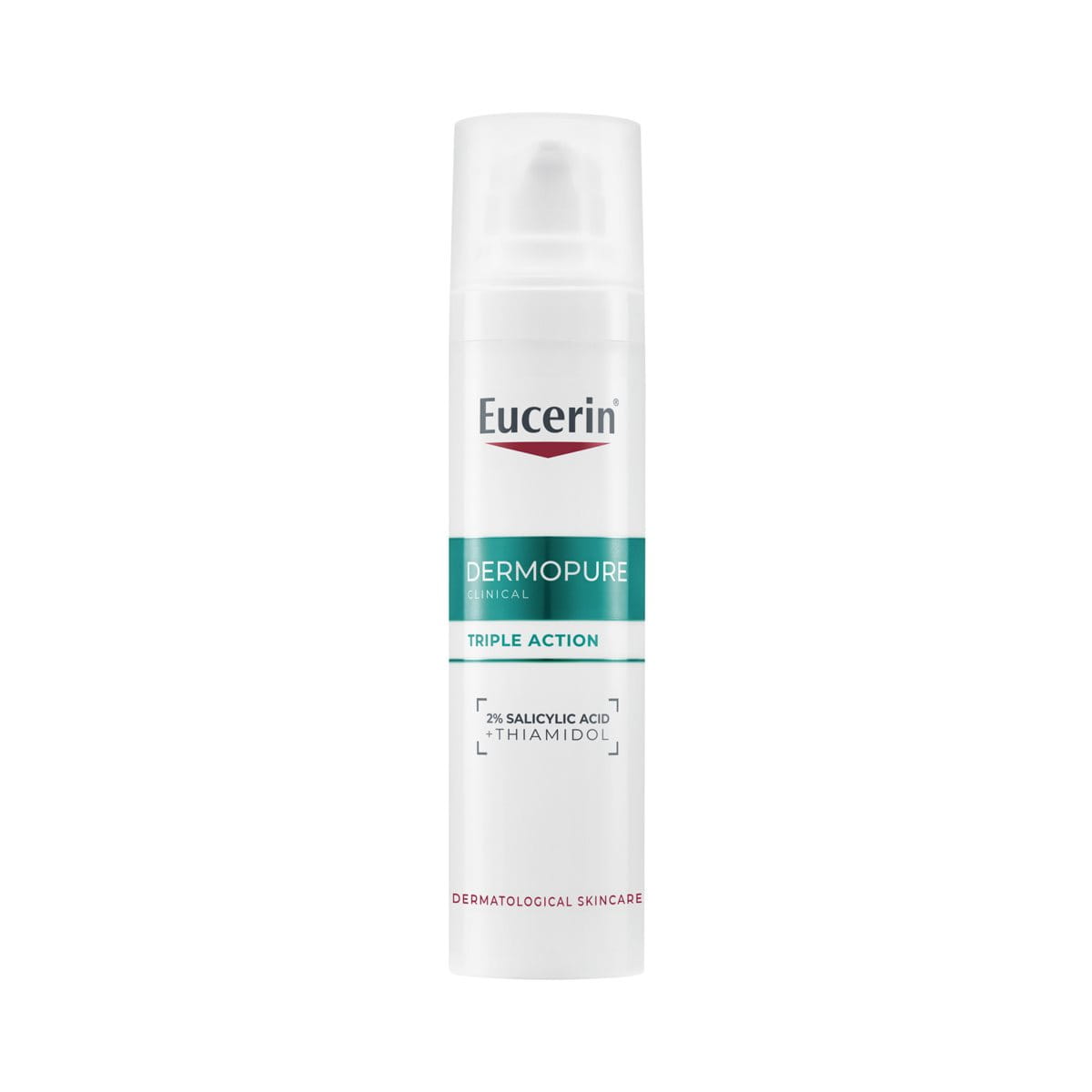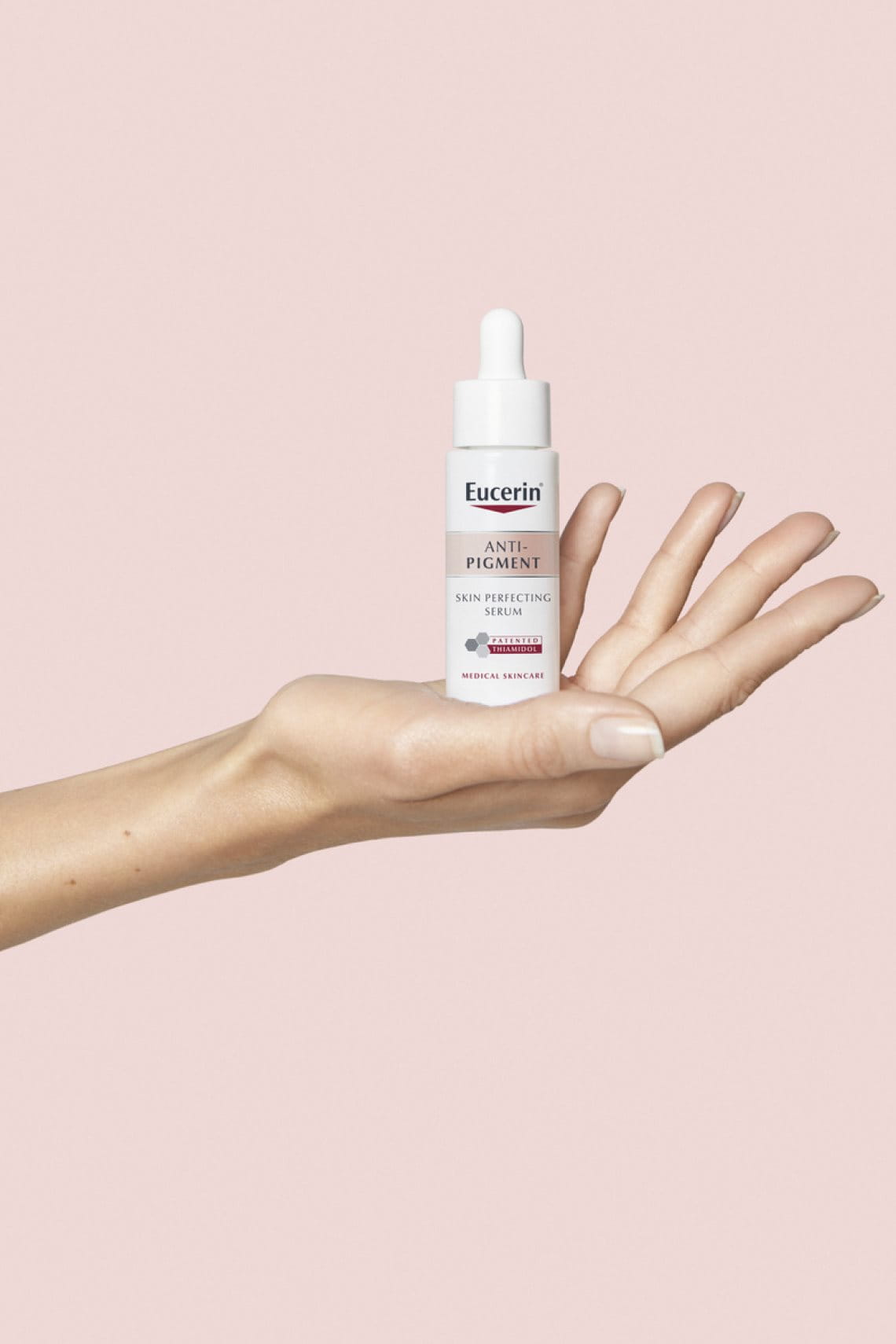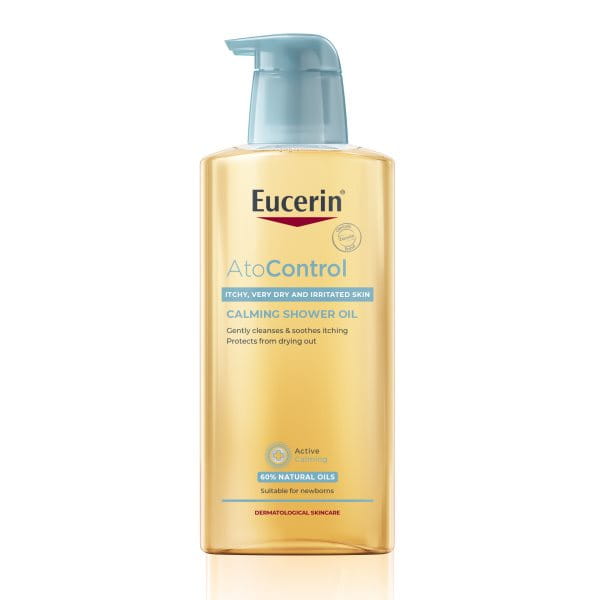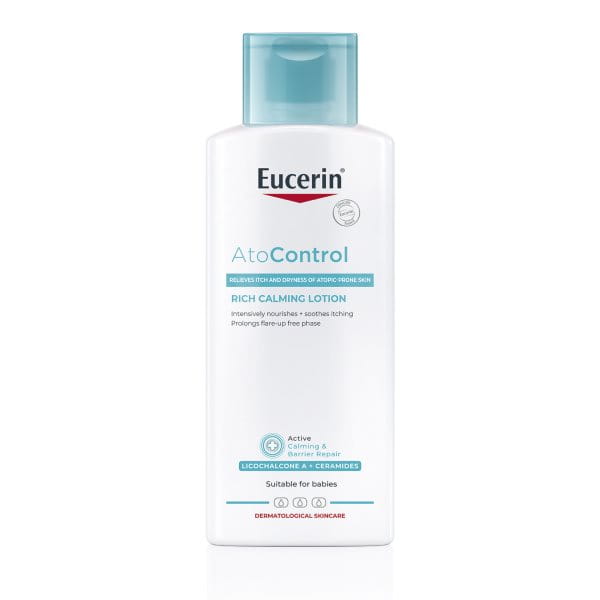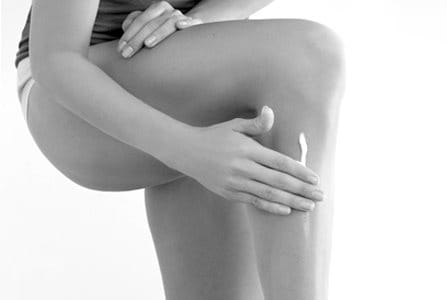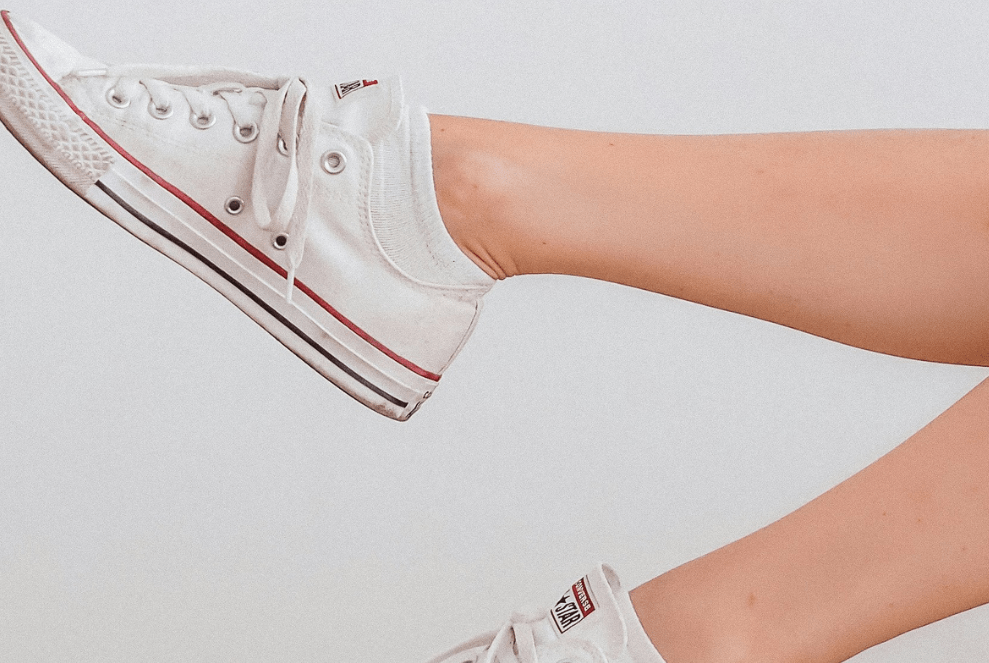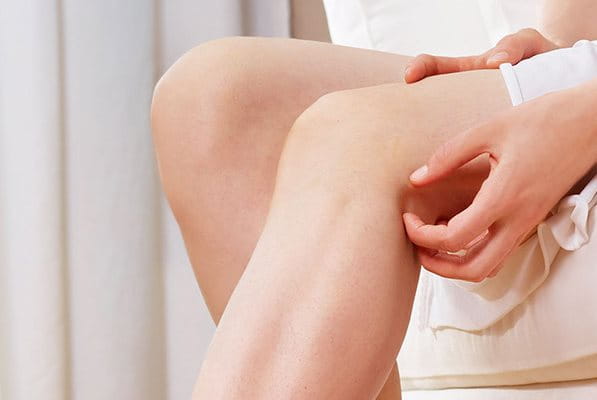Published: August 2025
Eczema is a common skin condition that can affect various parts of the body, including hands, ears, face, eyelids and legs. When it appears on the legs, it can be particularly uncomfortable and sometimes challenging to manage due to the skin's constant movement and exposure. Understanding the underlying causes and types, especially varicose eczema, can help in managing symptoms and improving skin health.
